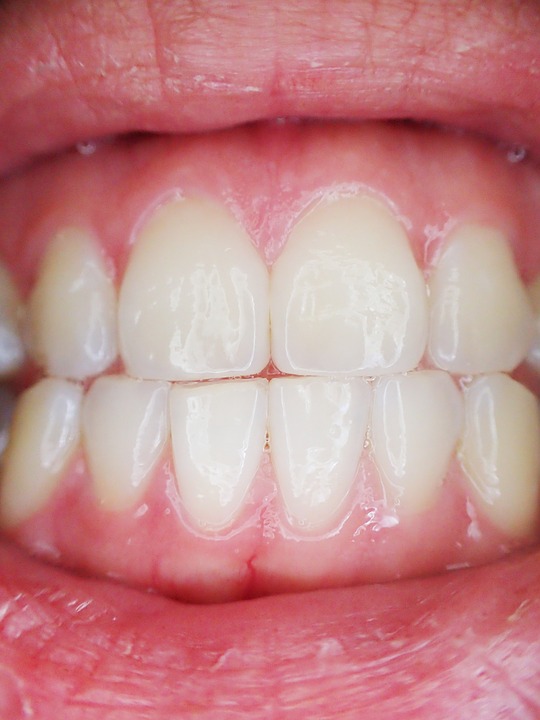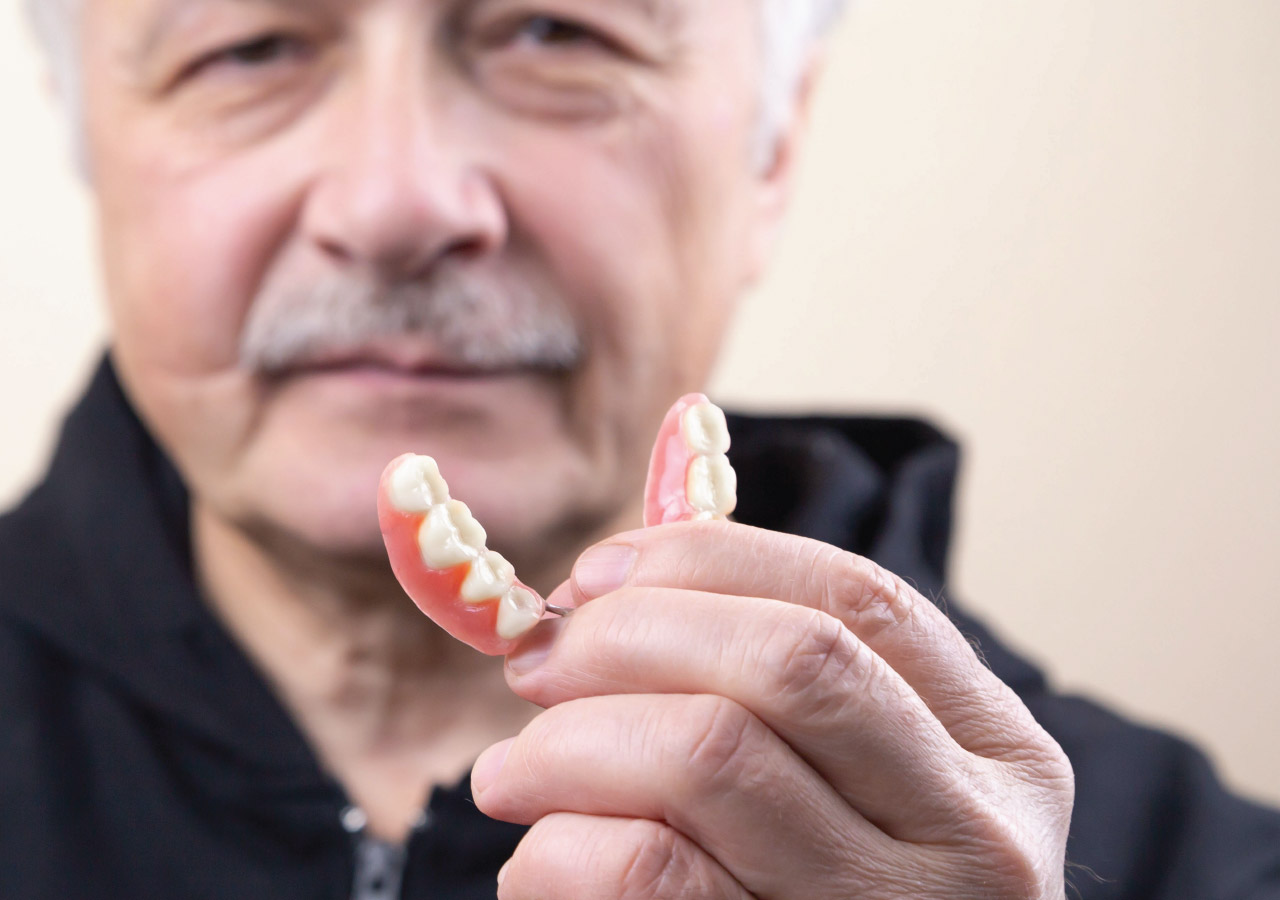Root Canal
Having a root canal on a tooth can be new territory for many patients. Please click below to find out more about what a root canal “is” and “is not”.

Inside each tooth there is a nerve running through the middle of the entire length of the root. The canal that the nerve runs through also has a blood supply which provides nutrients to the tooth. When the nerve is exposed due to decay or a tooth fracturing it would indicate the need of a root canal. At times there is decay all the way into the nerve but no pain associated with it. Reasons for this may be that the nerve is already dead or the bacteria from the decay has not had enough time to multiply to cause pain or infection. Our goal is to help patients avoid needing a root canal, however, if indications for one are present we will discuss your options and make a plan for how to best take care of the tooth. After the dentist removes the nerve, the root canal is cleaned and sealed off to protect it. For back teeth a crown is always recommended following a root canal. Crowns on front teeth may or may not be needed following a root canal. Best thing about a root canal is that it can save your tooth and your smile!
Root canal treatment can range from 1-2 visits. If a crown is needed it normally is done at a separate appointment following the root canal. Our office has a 3D imaging machine that we use for difficult root canal cases. This helps us verify that all canals in a tooth are found, allowing us to sufficiently restore the tooth.
How long will the restored tooth last?
Your restored tooth could last a lifetime, if you continue to care for your teeth and gums. However, regular checkups are necessary. As long as the root(s) of a treated tooth are nourished by the tissues around it, your tooth will remain healthy.


